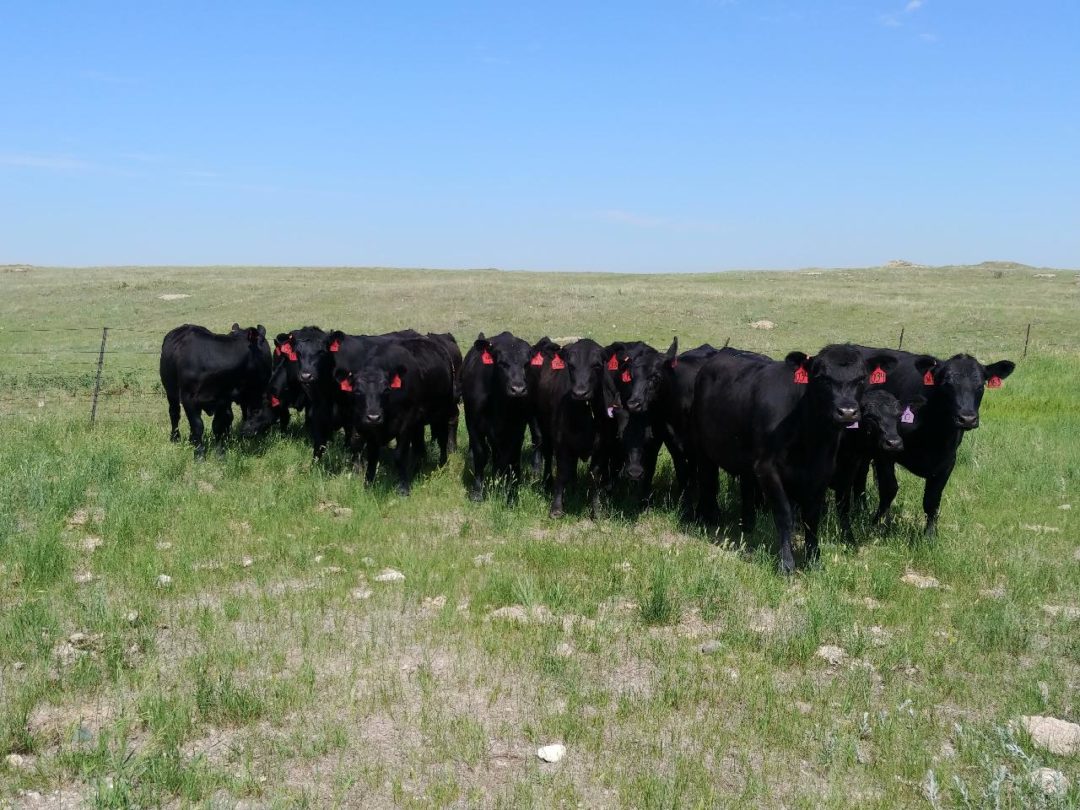During the 2021 growing season, all of North Dakota experienced some level of drought. The drought started in the fall of 2020 and developed into one of the most severe droughts on record. Extreme drought (D3) and exceptional drought (D4) were introduced on March 18 and May 20, respectively. This is the earliest these conditions have been introduced during the growing season since the inception of the U.S. drought monitor in 2000.
“Having a plan in place, with well-defined trigger dates for implementing drought management strategies, helps ranchers get through the drought and minimize losses,” says Miranda Meehan, North Dakota State University Extension livestock environmental stewardship specialist. “The longer ranchers wait to make management decisions, the fewer options become available and a greater risk of overgrazing, reduced livestock performance, the need to sell or cull more animals and greater economic losses will occur.”
NDSU Extension hosted a webinar series in February and March to help ranchers prepare for drought, followed by monthly webinars focused on strategies to address drought at the ranch level. Topics included drought trigger dates, grazing strategies, supplemental feed options, livestock water, herd management and managing stress during drought. The recordings of the webinars are available online.
Kevin Sedivec, NDSU Extension rangeland management specialist, says 19 participants indicated they created a new drought plan or updated an existing drought plan following the webinars, impacting 4,141 head of livestock grazing 41,020 acres.” A total of 28 participants reported making management changes impacting over 7,300 head of livestock and 93,555 acres of grazing land.
“Common management changes reported by respondents included adapting grazing systems, adjusting stocking rates, purchasing supplemental feed, monitoring water and feed quality and implementing strategic culling strategies,” says Meehan. “In addition, 14 unique participants intended to make changes potentially impacting an additional 2,003 head of livestock and 12,708 acres of grazing land.”






